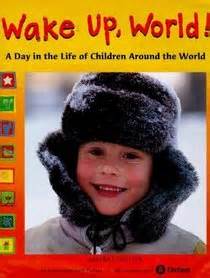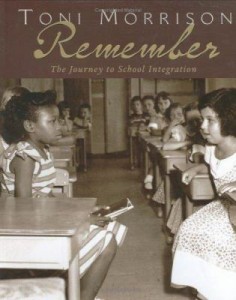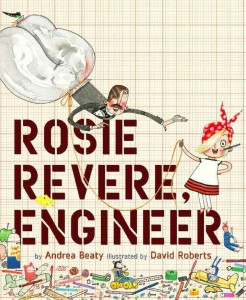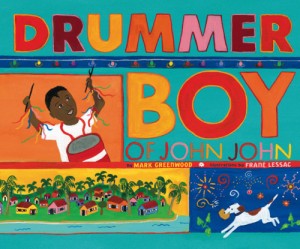 “We all should know that diversity makes for a rich tapestry, and we must understand that all the threads of the tapestry are equal in value no matter what their color.” – Maya Angelou
“We all should know that diversity makes for a rich tapestry, and we must understand that all the threads of the tapestry are equal in value no matter what their color.” – Maya Angelou
Books that celebrate diversity are perfect at the beginning of a new school year. We want our students to know that all of us are valued because of, not in spite of, the unique characteristics we possess. Wake Up, World! A Day in the Life of Children Around the World by Beatrice Hollyer in association with Oxfam shows students in an accessible way what life is like in different parts of the world.
Meet eight children from places like Vietnam, Ghana, Brazil, and the United States. From waking up and eating breakfast, to going to school and doing chores, to going to bed (or hammock), readers will love the photos and descriptions of what life is like for kids just like them in other countries. (You will love how easy it is to work in Range of Reading and Integrating Knowledge & Ideas with one book, and even tie it into a mapping unit if you are so inclined.)
One of the children, Natali, is from California in the United States. With the paragraphs about Natali especially, your students may find themselves saying “that’s just like me!” or “I don’t do that!” You can play a game called “Cross the Line” with information you find in this book. Line all of your students on one side of your classroom, and either imagine a line down the middle of the room, or put one there with masking tape (and thank your custodial staff for being so nice to teachers who put down tape on the floor.) Choose situations from the book like “if you drink walk to school like Linh from Vietnam does, cross the line.” Students can easily see who shares that characteristic with them. Wake Up, World! is also an ideal writing prompt. Your students can write about what they eat for breakfast, etc. for a book like “Our Classroom Wakes Up”or for individual books.
For more information about Oxfam, please visit oxfam.org.



